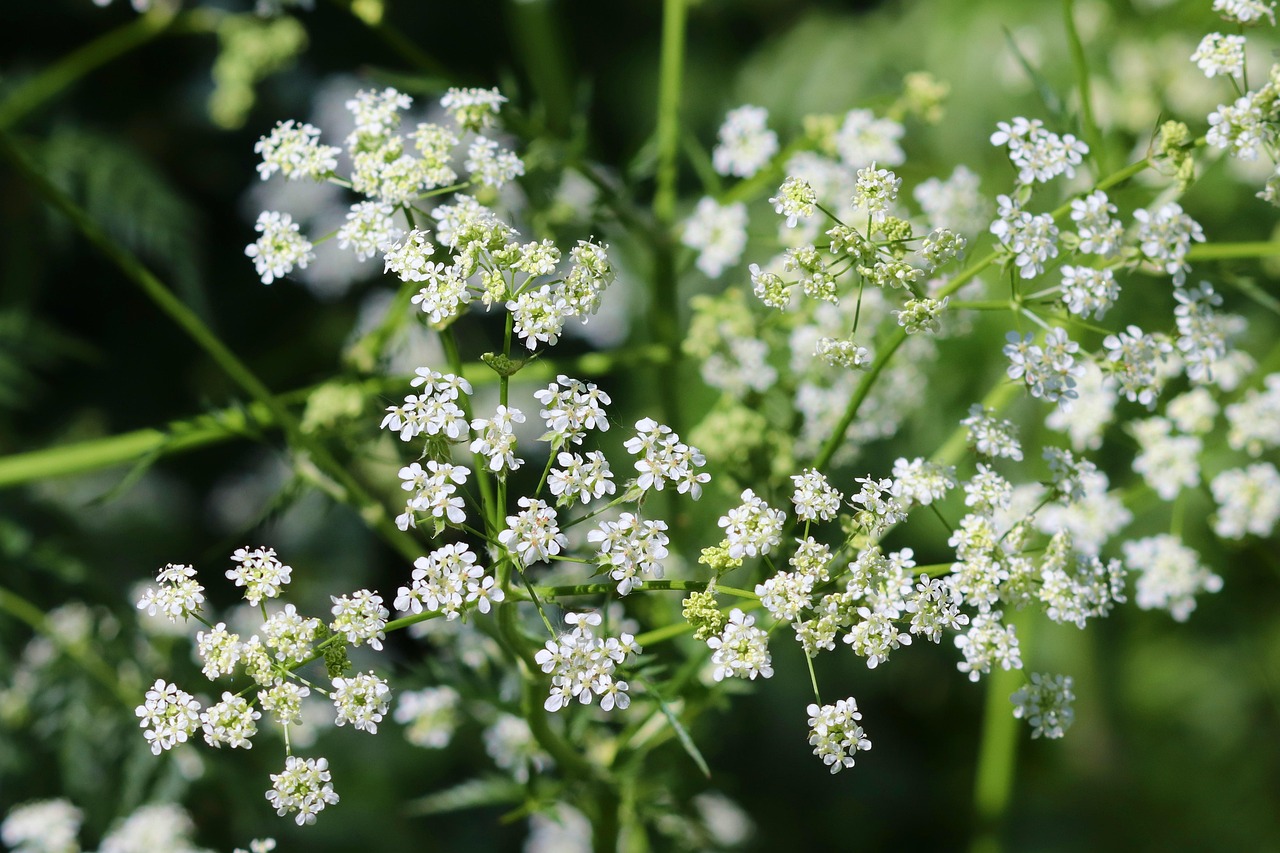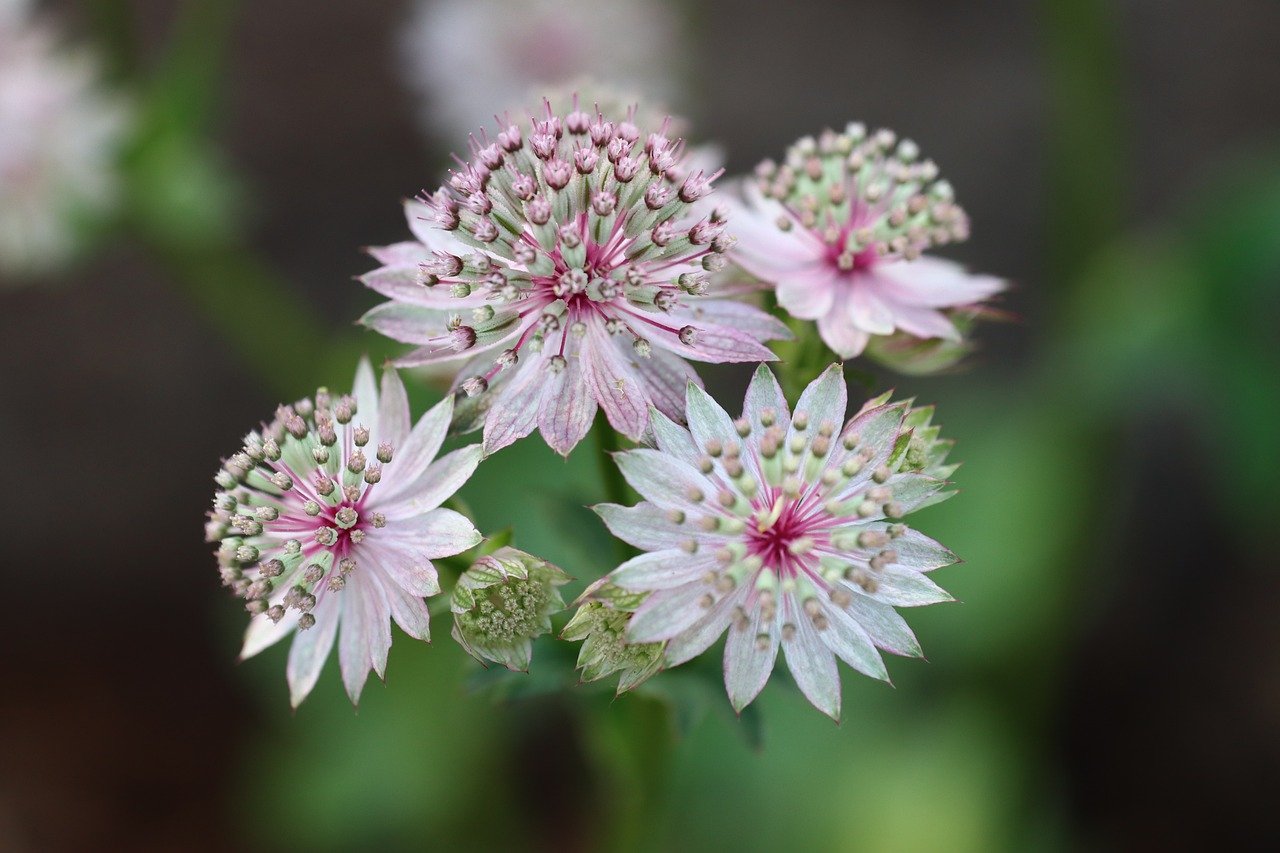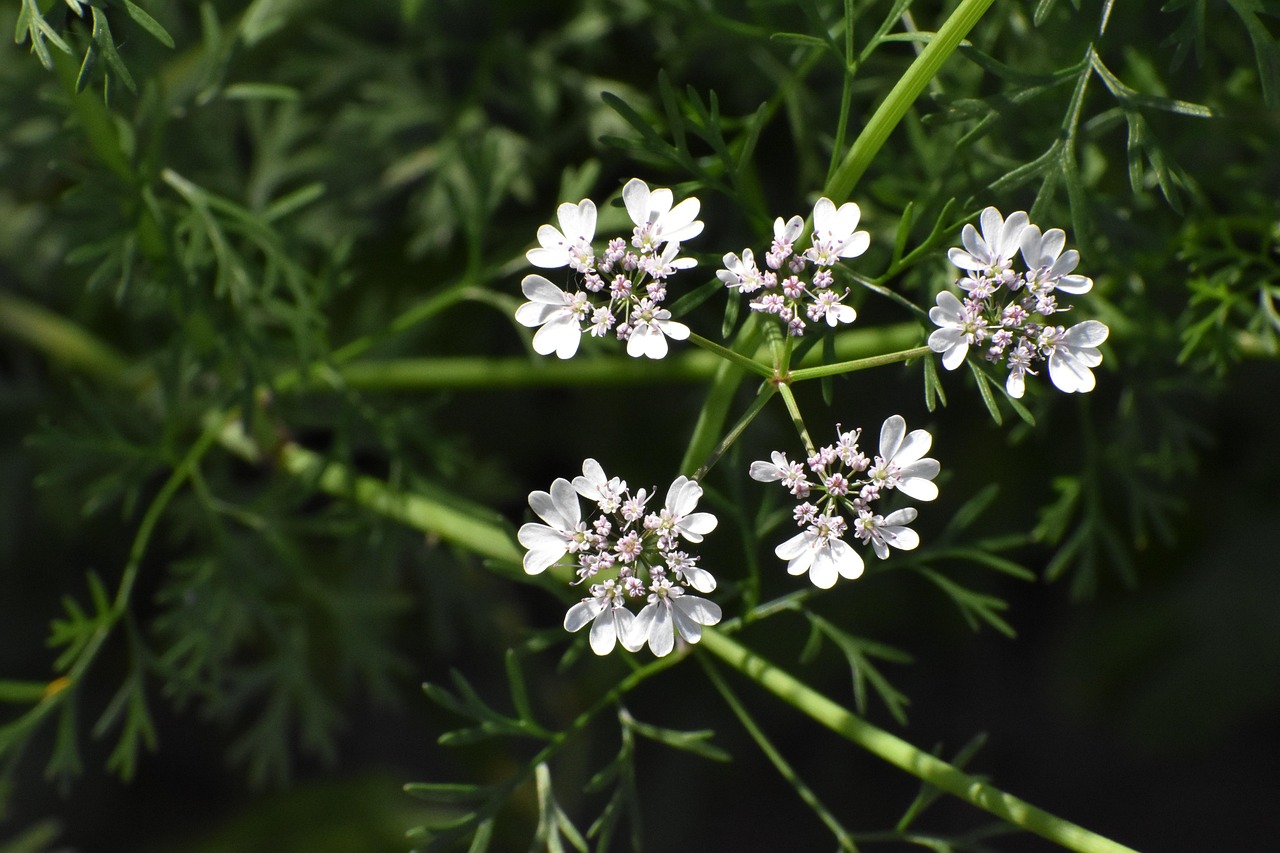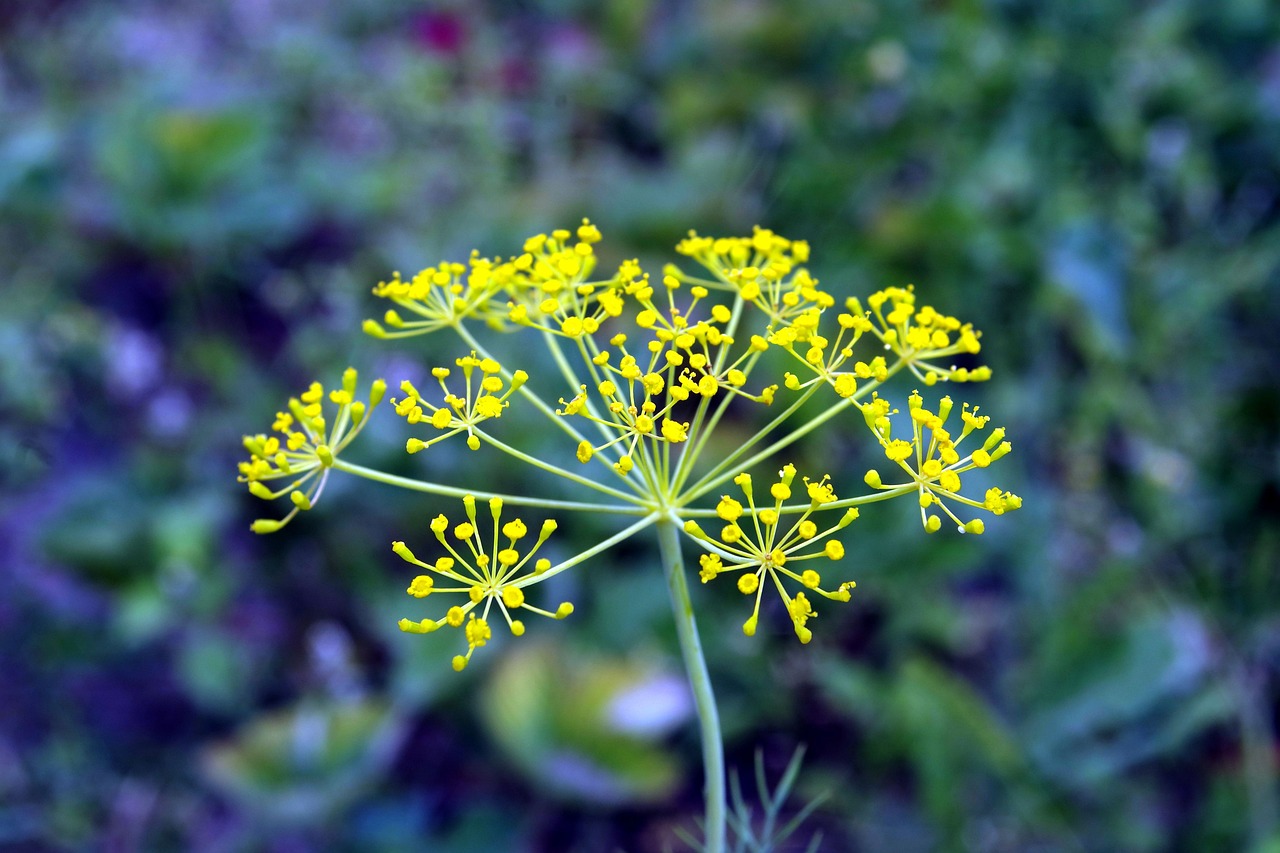Curly Parsley | A Green Ornament at Medieval European Banquets
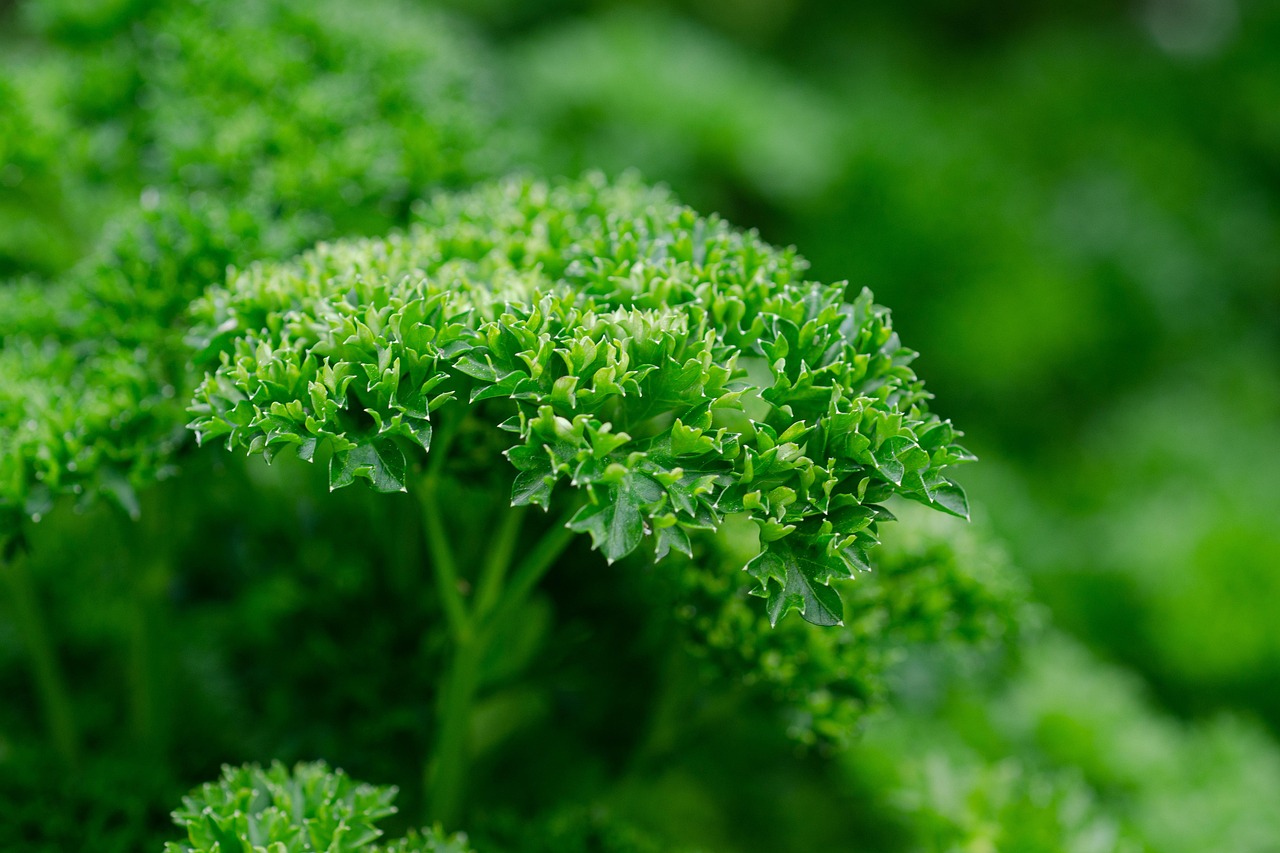
Curly parsley, a biennial plant in the Apiaceae family, is characterized by its uniquely frilled leaves and vibrant green color.
Due to its high ornamental value, I often integrate it into home gardens and decorative flowerbeds. Its history goes back to the ancient Mediterranean world, closely connected to garden culture and monastic life.
In this article, I will present not only the basic information about curly parsley but also its cultural significance across different regions, its historical background, and practical tips for everyday cultivation.
Basic Information
- Scientific name: Petroselinum crispum var. crispum
- Family: Apiaceae
- Origin: Mediterranean coastal regions
- Appearance: The finely curled leaves reflect light with a subtle gloss, creating a vivid green impression. The plant grows 30–60 cm tall and produces umbrella-shaped white flowers when mature. Its dense foliage and tidy form make it ideal for flowerbeds and container gardening.
- Blooming season: Early summer to summer
Cultural Characteristics Worldwide
Curly parsley has long been cultivated in Europe as an ornamental garden plant.
In England’s kitchen garden tradition, it is considered indispensable, valued both for utility and for aesthetics. Its interesting leaf form makes it popular as a decorative border or as a feature in formal gardens.
In France, parsley has been traditionally arranged in gardens as an element of visual harmony, with its neat foliage contributing to the overall balance.
In North Africa and the Middle East, it is often grown in pots, bringing greenery even to urban homes with limited sunlight.
Historical Episodes
The history of curly parsley dates back to the Mediterranean world before Christ.
In ancient Greece, it was associated with festivals and athletic competitions, and sometimes planted in cemeteries as a tribute to the dead and fallen warriors. Records also indicate that parsley was regarded as a sacred plant in Athens.
During the Roman era, parsley gained recognition as a garden plant, appreciated both for practical and decorative purposes. Especially the curled variety was selected for its visual appeal.
In medieval Europe, curly parsley became a staple in monastic kitchen gardens. Monks divided gardens into geometric sections and planted parsley in orderly rows, as depicted in many herbals. Curly parsley remains one of the plants that carry on this tradition.
Gardening Advice

Curly parsley is relatively easy to grow, suitable for both pots and garden beds. Here are some essential tips:
Sunlight
Prefers full sun. Although it tolerates partial shade, sufficient sunlight enhances the richness of leaf color.
Watering
Water thoroughly when the soil surface dries. Reduce watering during rainy or winter seasons to avoid excess moisture. For pots, ensure proper drainage.
Soil
Well-drained, organic-rich soil is ideal. Mixing compost or leaf mold into the soil improves root growth.
Fertilizer
Apply diluted liquid fertilizer once or twice a month from spring to summer. Avoid overconcentration to prevent fertilizer burn.
Thinning & Pruning
Thin crowded plants to maintain airflow and light. Harvest outer leaves first to encourage inner growth.
Overwintering
Though fairly cold-tolerant, heavy frost can damage the plant. In winter, I move pots under eaves and provide insulation when necessary.
Conclusion
Curly parsley, with origins in the ancient Mediterranean, has been cherished throughout Europe as both an ornamental and practical biennial plant.
Its frilled leaves add visual beauty to kitchen gardens and flowerbeds. From monastic gardens to modern balconies, curly parsley continues to enrich diverse cultures and living spaces.
By providing proper sunlight, well-drained soil, and suitable growing conditions, I can enjoy its beauty and form for a long time.

